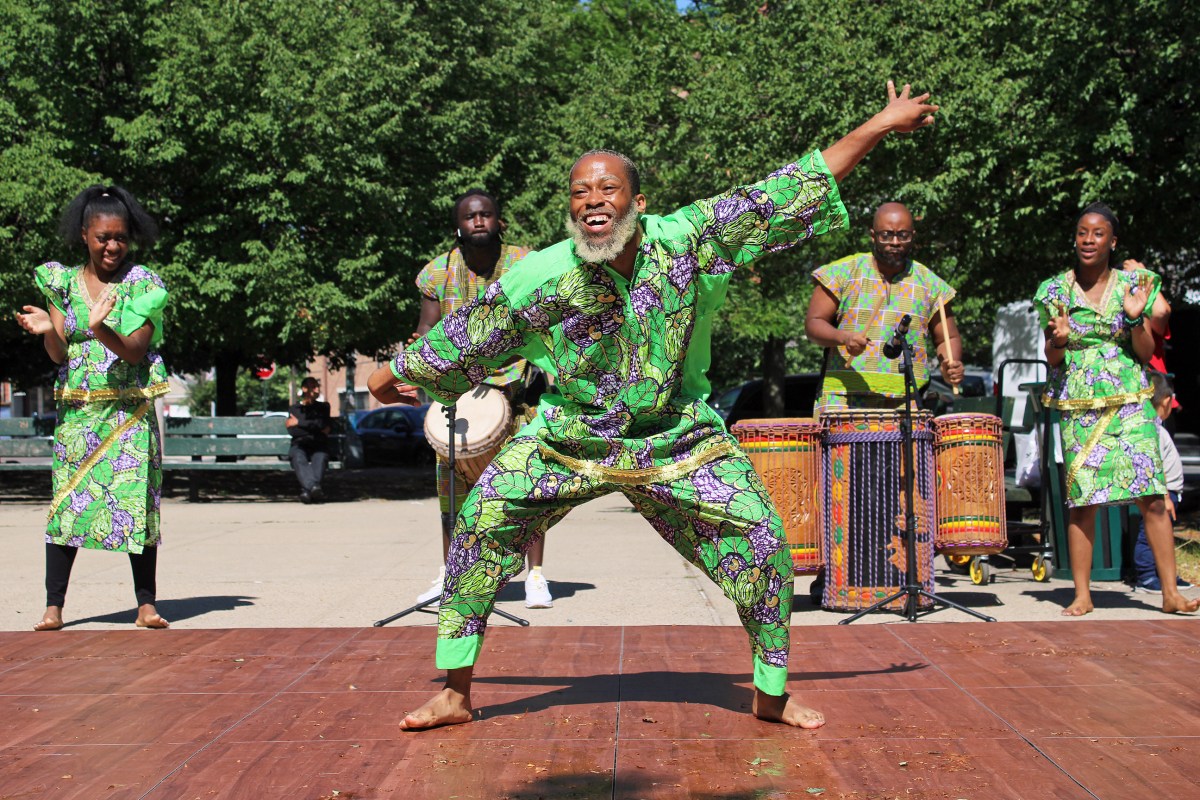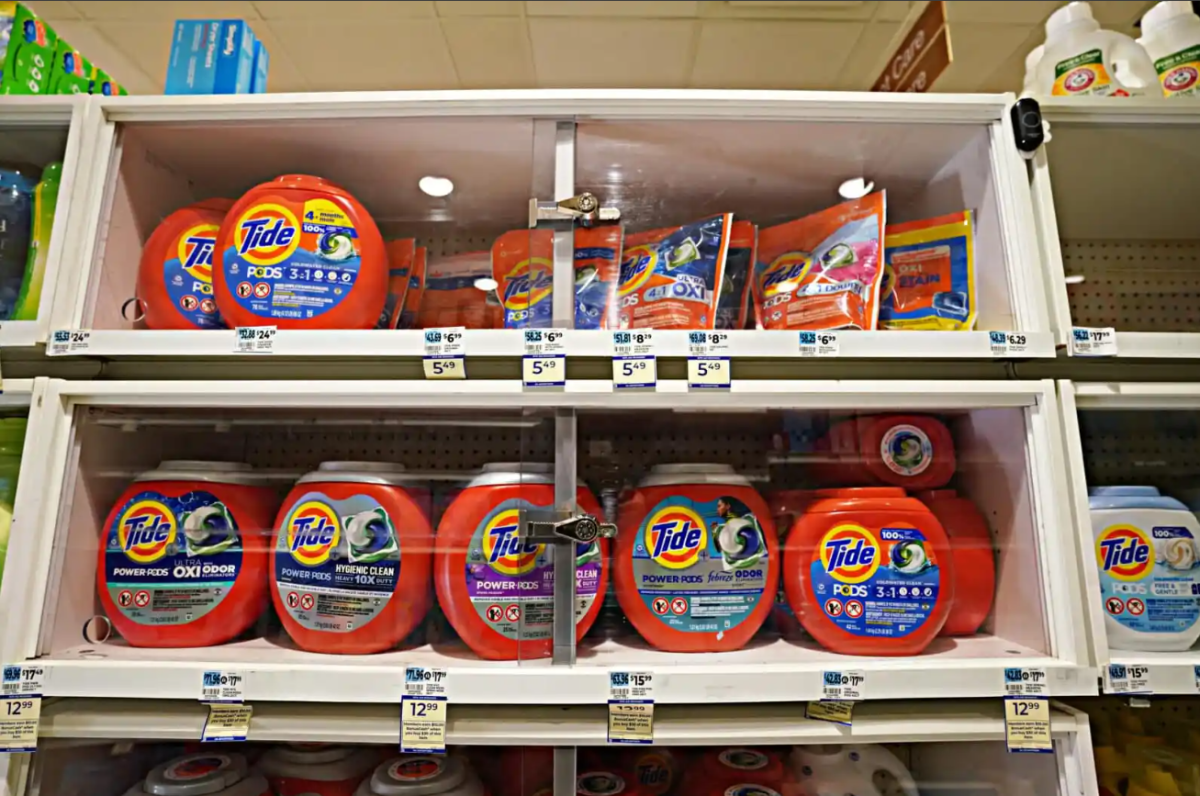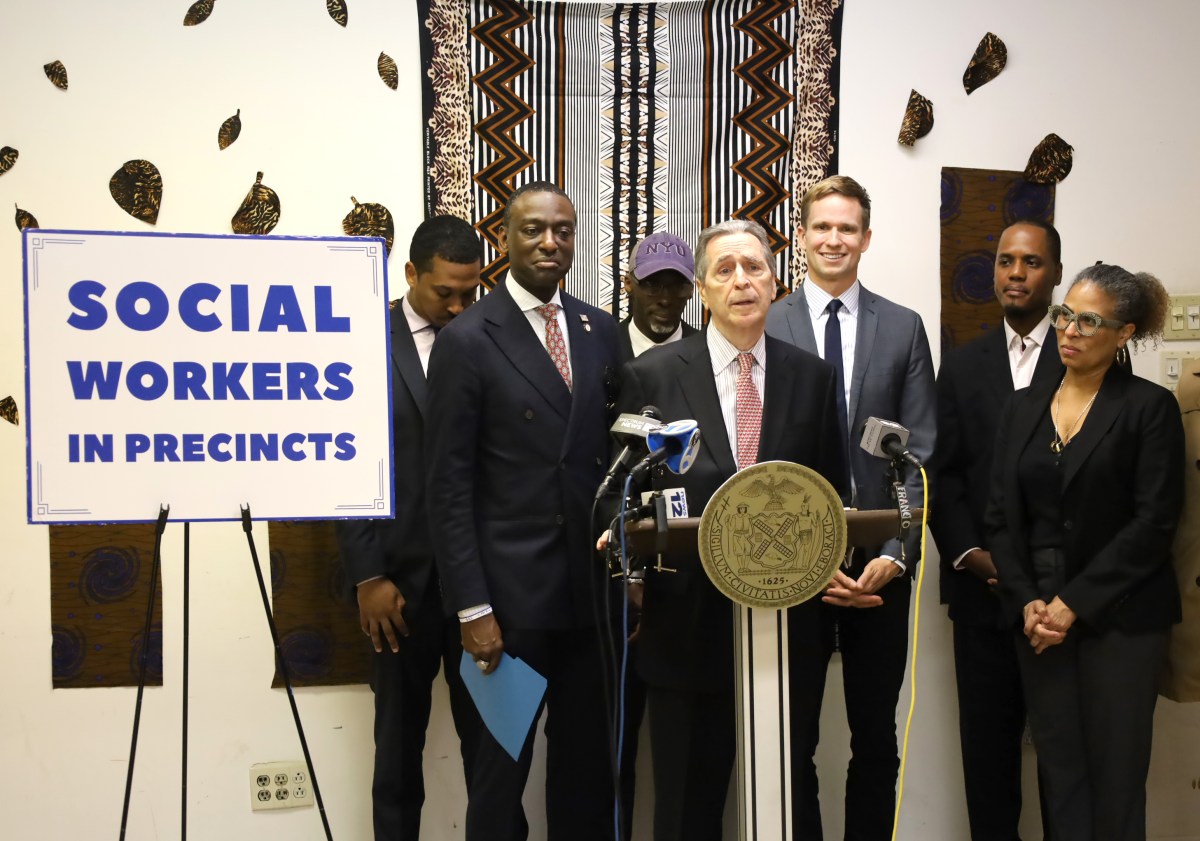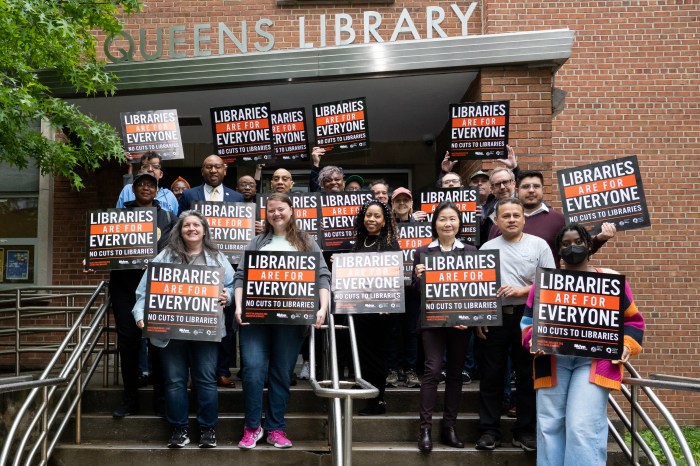The city’s public schools are improving dramatically, according to the third annual public school Progress Reports, released by schools chancellor Joel I. Klein on Wednesday, September 2.
The reports evaluate the city’s public elementary, middle and K-8 schools, and focus on students’ academic performance – which is 25 percent of the reports’ A through F grade; progress – 60 percent of the grade; and schools’ learning environments, based on attendance and annual parent, teacher and student surveys, which amount to15 percent of the final grade.
More than 850,000 parents, students and teachers took the survey last spring.
Three quarters of a school’s Progress Report score is the result of comparing a particular school’s results to the around 40 other city schools with similar student populations. The remaining quarter of a school’s score results from a comparison with all citywide schools that serve the same grade levels.
This year, of the 1,058 public schools that were assessed, 84 percent earned an A – up from just 38 percent last year, despite even higher standards, the city Department of Education (DOE) said. Thirteen percent of the schools earned a B, while two percent earned a C and less than one percent a D or an F.
After a comprehensive review, such lower-performing schools could face consequences such as leadership changes or closure, according to the DOE.
Although the scale for the Progress Reports runs from 0 to 100, 48 of the schools earned a score above 100 by making model progress among historically under-performing groups of students. Corona’s P.S. 92 Harry T. Stewart Sr. School was among the three highest-scoring schools in the city, earning a 106.6. The other two schools were in the Bronx and Brooklyn.
Two-hundred and thirty Queens schools were included in the evaluation, with 203 earning As, 23 earning Bs and two earning Cs. Two of the schools did not receive grades because they are relatively new schools and thus do not have two years of test score data, a DOE spokesperson said. Every school in northeast Queens’ 25th school district received an A.
Individually, 27,000 more third through eighth graders across the city made at least a year’s worth of progress in reading compared to last year, while 24,000 more students made the same amount of progress in math.
While pleased with the public school progress, United Federation of Teachers president Michael Mulgrew said much work – like lowering class size and raising graduation rates – remains to be done and that the positive results should be used as a “springboard to tackle other issues.”
The DOE’s Klein, while equally satisfied, was also looking toward continued progress.
“I’m thrilled that so many schools earned an A by meeting the ambitious standards we set last year, but we still have a lot more work to do,” he said in a statement. “These results mean that 84 percent of our schools made great progress this year, not that 84 percent of our schools are perfect. We won’t be satisfied until we have 1,500 great schools.”
For a complete list of Progress Reports for public elementary, middle and K-8 schools visit schools.nyc.gov/accountability.
The DOE will release the results of its public high school Progress Reports in October.



































